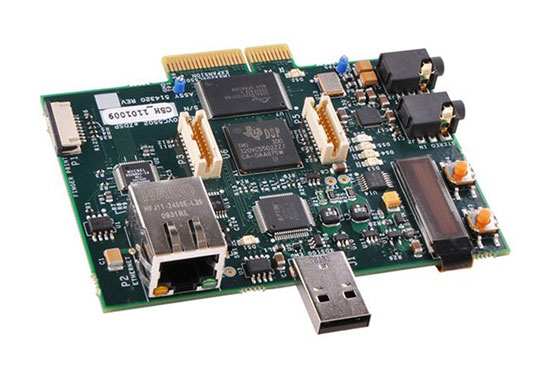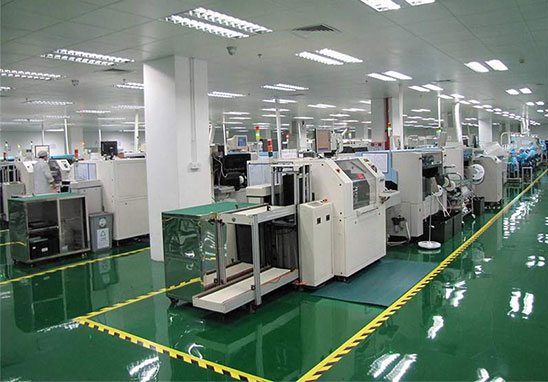In the electronic pcb assembly industry, there are wave soldering and manual soldering methods to assemble PCB. So, what are the differences between these two soldering methods?

Differences
Manual Soldering: Lower Efficiency
1. Due to the application of high-quality intelligent soldering irons such as ERSA, OK, HAKKO and Quick, the welding quality has been improved to some degree; However, there are still some factors that are difficult to control. For instance, the amount of solder in the solder joint and the control of the welding wetting angle, the control of soldering consistency, the requirement of the tin-through rate of the metallized hole, etc. Especially when the component leads are gold-plated, it is necessary to remove gold and tin before soldering on the components that need tin-lead soldering, which is very troublesome.
2. Manual soldering still has human factors and other disadvantages, which make it difficult to meet high-quality requirements; For example, as the density of the circuit board increases and the thickness of the circuit board increases, the soldering heat capacity increases, and soldering iron soldering can easily lead to insufficient heat. The climb height of solder or through-hole solder does not meet the requirements. If the soldering temperature is increased excessively or the soldering time is prolonged, it is easy to damage the printed circuit board and cause the pad to fall off.
3. The traditional manual soldering iron requires plenty of people to use point-to-point soldering on the PCBA. While selective wave soldering uses a mode of applying flux first, then preheating the circuit board/flux, and finally using a solder nozzle to solder. It adopts the assembly line industrial batch production mode. Welding nozzles of different sizes can be used for batch welding of drag welding, and the welding efficiency is usually dozens of times higher than manual welding.

Wave Soldering: Higher Quality & Efficiency
1. When wave soldering is performed, the welding parameters of each solder joint can be "customized", and there is enough process adjustment space to adjust the welding conditions of each solder joint, such as the amount of flux sprayed, soldering time, and soldering wave. The height and wave height are adjusted to the best, the defect rate can be greatly reduced, and it is even possible to achieve zero defect soldering of through-hole components. Compared with manual soldering, through-hole reflow soldering and traditional wave soldering, the defect rate of selective wave soldering ( DPM) is the lowest.
2. Wave soldering uses a programmable and movable small tin cylinder and a variety of flexible soldering nozzles, so it can be programmed to avoid certain fixing screws and ribs on the B side of the PCB during soldering. In order to avoid damage caused by contact with high temperature solder, there is no need to use custom soldering trays and other methods.
3. From the comparison of wave soldering and manual soldering, we can see that wave soldering has a great number of advantages such as good soldering quality, high efficiency, strong flexibility, low defect rate, less pollution and variety of welding components.









